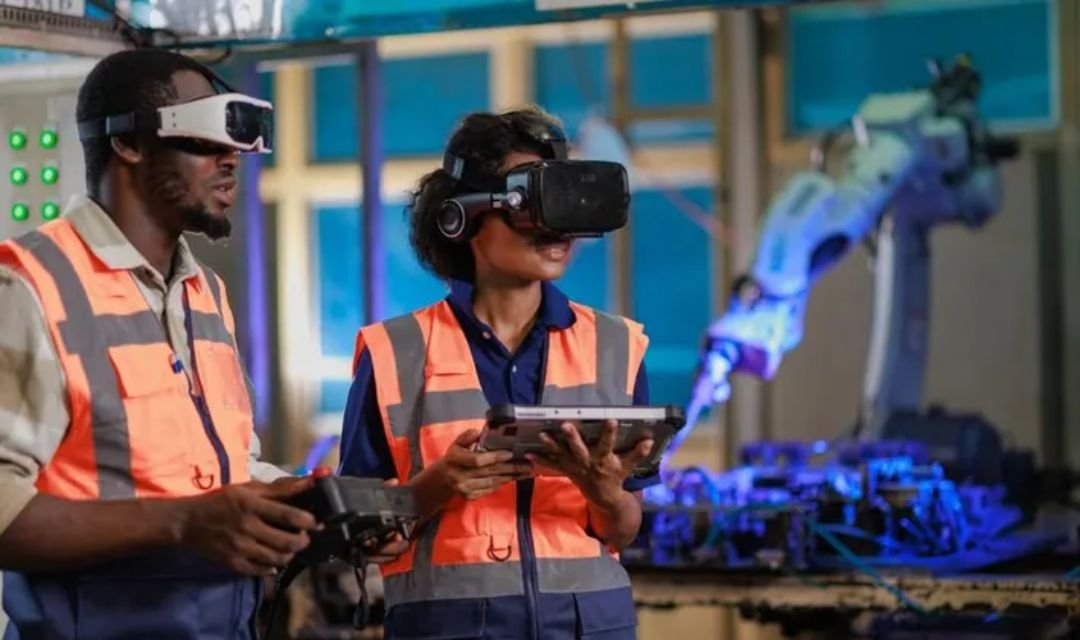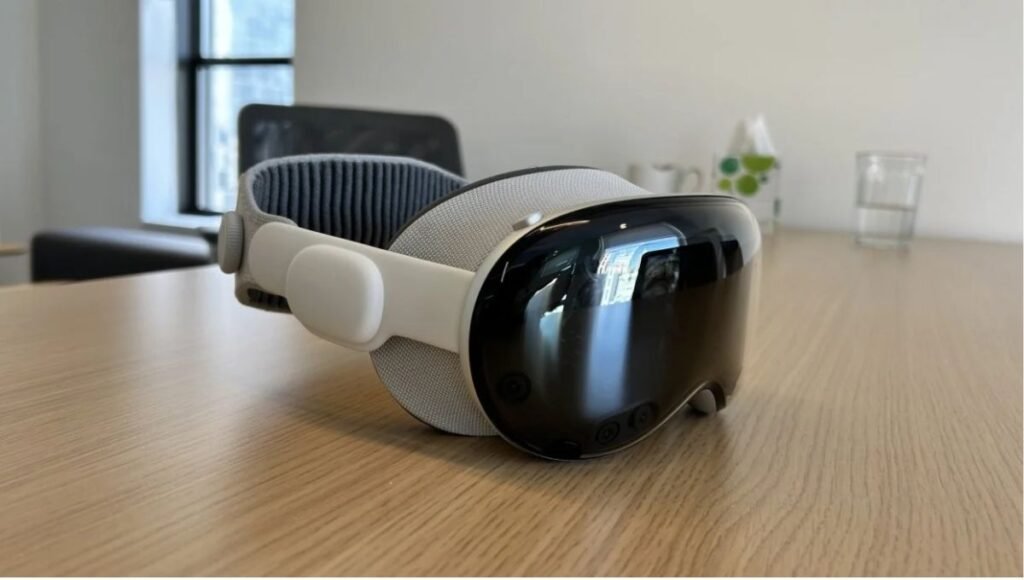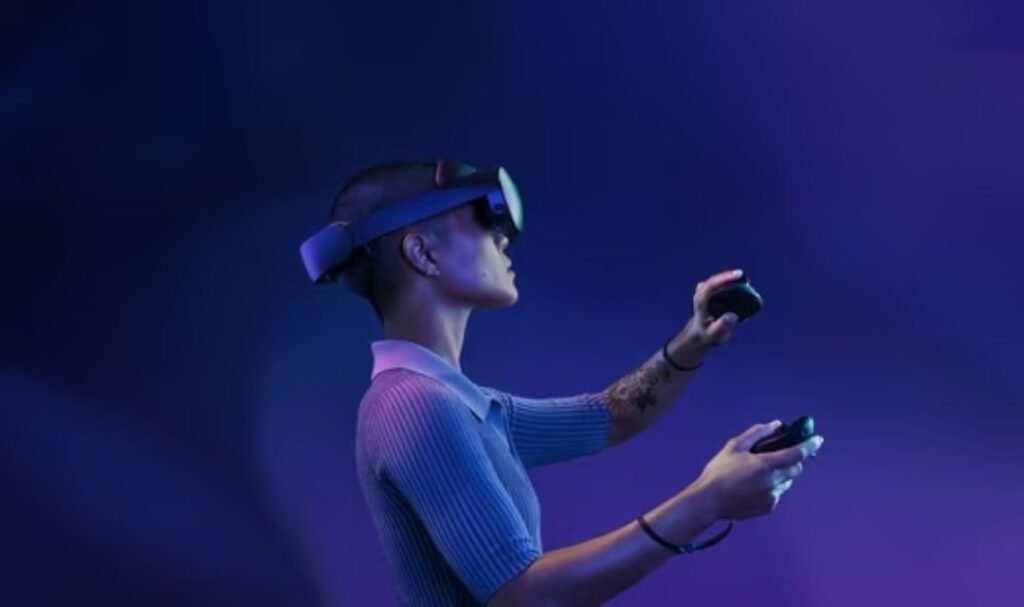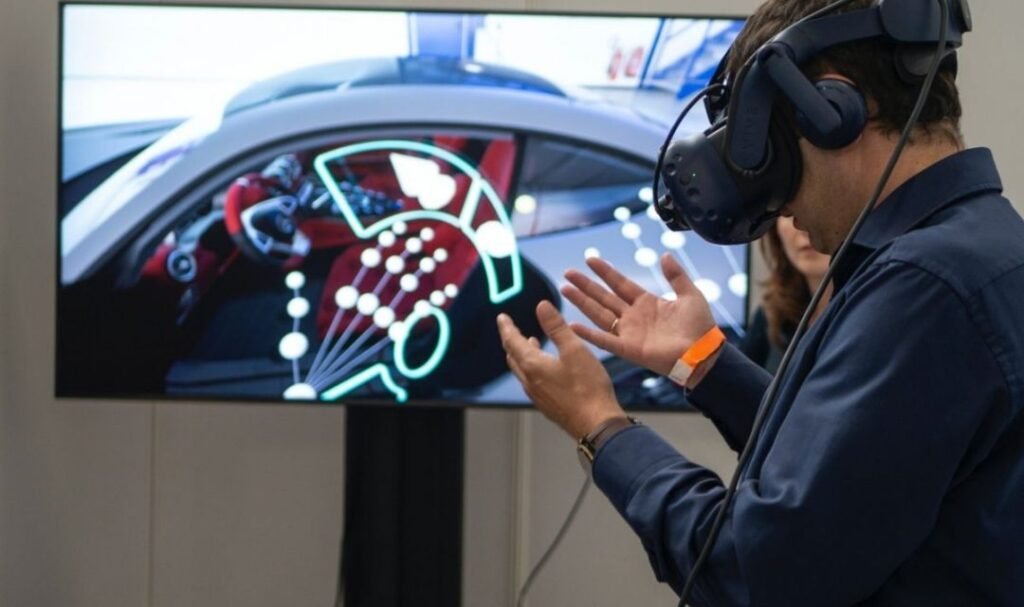Virtual reality (VR) and augmented reality (AR) are being profitable for businesses. Those who are adopting these technologies early on are reaping the excellent benefits and profits. In this article, we will have a glance at some of these virtual reality industry statistics.
1. 43% of manufacturing companies suggest that VR will be a significant part of their organization in the next few years.
In a global poll of manufacturing enterprises, 43% of respondents suggested that virtual reality will become widely used in their organizations in the next 3-5 years. However, the poll also revealed that AR is preferred more than VR in the manufacturing sector.
Source: Capgemini
2. VR’s implementation level of 51% in the manufacturing industry makes China a global leader.
China is aiming to be the global leader in the VR industry, with its consistent efforts in the manufacturing industry. In Europe, France is emerging as a front runner, while the US is still aiming to capture virtual reality’s widespread use.
Source: Capgemini
3. About 82% of companies using virtual reality report more remarkable results than expected.
AR and VR provide an operational edge to the companies by increasing their productivity, efficiency, and safety. According to virtual reality industry statistics, business adopting virtual reality experience remarkable and productive results.
Source: Capgemini
4. AR/VR are being implemented specifically in the manufacturing repair and maintenance sector.
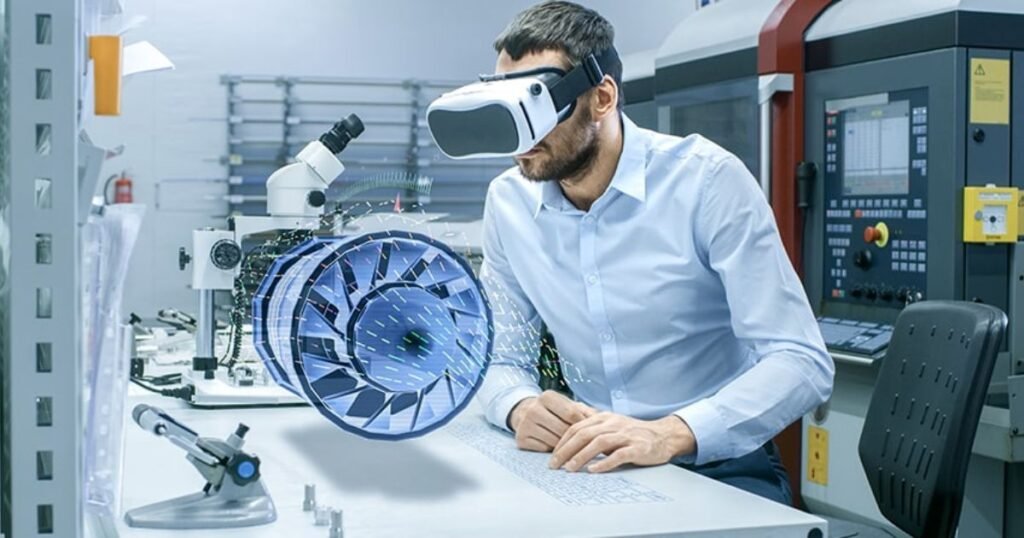
AR and VR are popular in the manufacturing sector as they play a vital role in immersive training, design, assembly, quality assurance, and inspection. Additionally, these new technologies are helpful with reference videos, professional help from a distance, visual components, and step-by-step instructions.
Source: Capgemini
5. 6% of companies that started using virtual reality earlier benefit more from the technology than others.
Virtual reality industry statistics show that the business that started using VR early have their efficiency boosted by 57% on average. Those who implemented VR later on have the number at only 27%. Moreover, there’s a 55% increase in safety, 23% boost in productivity, and 47% decrease in complexity.
Source: Capgemini
6. Investments in innovation centers is one of the top strategies for AR/VR expansions.
Some ways that businesses can benefit more from AR/VR include hiring people with experience in AR/VR, upskilling the employees with in-house training, and partnering with academic institutions.
Source: Capgemini
7. Predications say that the VR adoption rate will expand in the US.
It was predicted that by 2023, over 70.2 million people will be using virtual reality technology. Soon, the VR adoption rate will increase in the United States.
Source: Finances Online
8. 75% of Forbes World’s Most Valuable Brands have invested in virtual reality.
Well-known corporations and enterprises are investing in VR/AR technologies after realizing their potential. If we compare today’s figures to the 2015 ones, it’s worth noting that the VR experiences have increased significantly at a better pace.
Source: YouVisit
9. 13% of VR users say that their virtual experiences make them shop more in physical stores.

It’s not astonishing to say that customers love traditional marketing tactics like food and beverage offerings and live product presentations. On the other hand, virtual reality statistics show that VR experiences are gradually becoming profitable for ventures.
Source: Walker Sands
10. 81% of users have only positive things to say about VR advertising.
Only 1% of VR users have an unfavorable opinion on VR advertising. Meanwhile, most of the users love it and only have a positive word-of-mouth. This may work as a great advantage for businesses using VR advertising.
Source: Touchstone Research

